Witt, I am not sure myself, so I could only speculate, and I agree with the points Huub makes. If it had flown from Arizona to Washington, I don't believe it could have gotten away with not flying over large areas of the country where if the aircraft had to be put down due to any mechanical issue at all, there simply wouldn't be an airport to put it for miles around. Sending it by truck only took a matter of a couple of days I believe, so it was a simple, safe, and relatively quick mode of getting it there. I do imagine they will be closely monitoring the engine's hours and perhaps giving it more inspections per hour run than usual (compared with something like a Merlin, Allison, R-2800, etc.), just because no one else in the world has recent experience with operating a BMW 801, let alone in a flying airframe.
The policies concerning the operations of Flying Heritage Collection aircraft, usually have prevented the aircraft from ever venturing out from the airport for which they are based. There was one exception however, in 2005, when Paul Allen had Steve Hinton fly the FHC P-51D from the then museum base at Arlington, WA, all the way to Oshkosh, WI, for the EAA Airventure airshow that year - performing a demo in the aircraft once or twice, it wasn't on public display nor access however. I would think that the insurance costs that have been established for these aircraft is astronomical. Paul Allen's billion-dollar pockets have allowed these aircraft within the FHC collection to be restored without funding limits...to say that anything needed to bring them right back to how they were when produced, is not prevented because of costs. For instance, I've read that when the FHC P-51D was being restored, a certain type of rivet that they needed was no longer in production or available, so they went to the original manufacturer and simply had them do a new production run...which when given the simple alternative to the matter, is the much more expensive route to go, but the end product is that much more prized and authentic.
There is another amazing warbird headed to the Flying Heritage Collection this summer as well, in the form of a B-25J. The aircraft recently completed restoration at Aero Trader in Chino, CA, and is considered the most accurate and authentically restored B-25J on the planet. Like FHC's P-51 and P-47, no matter where you look in the aircraft, each part is finished exactly as it was when it came off the assembly line in 1944, even down to each individual inspection stamp and worker-graffiti recreated exactly as found. Everything throughout the aircraft is there, as per original, and functions as it originally did. It will be going to the paintshop soon, if it hasn't already, and will be painted in historic markings, with the base being Olive Drab over Grey. Other aircraft around the world which are being restored to airworthy condition for the Flying Heritage Collection include a P-38, an FG-1D Corsair (known combat vet), an original Fw 189, an original Me 262 (with re-engineered original power plants), and a Spanish-built He 111, which is being re-engined with original Jumo engines, just as the original He 111's had.
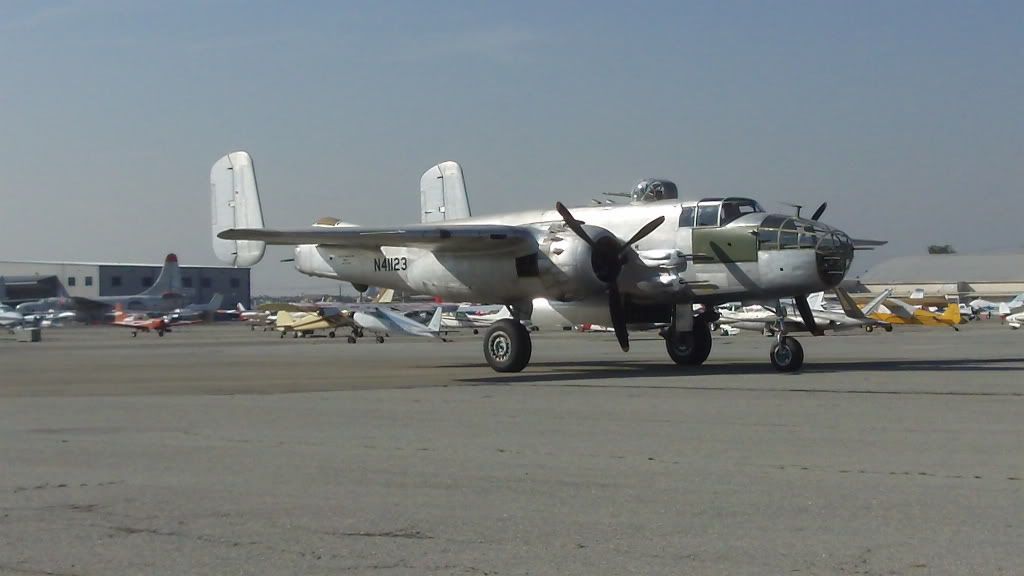
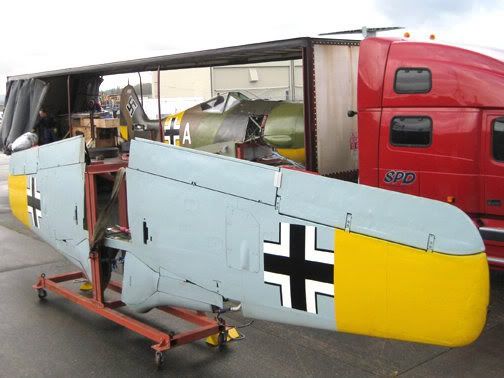
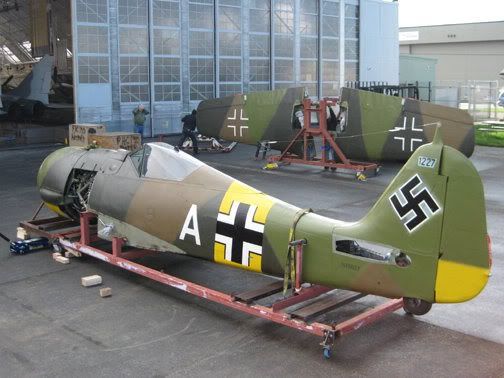
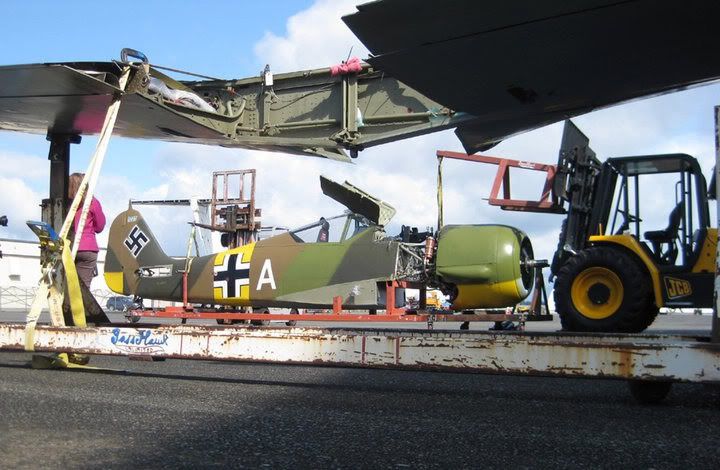
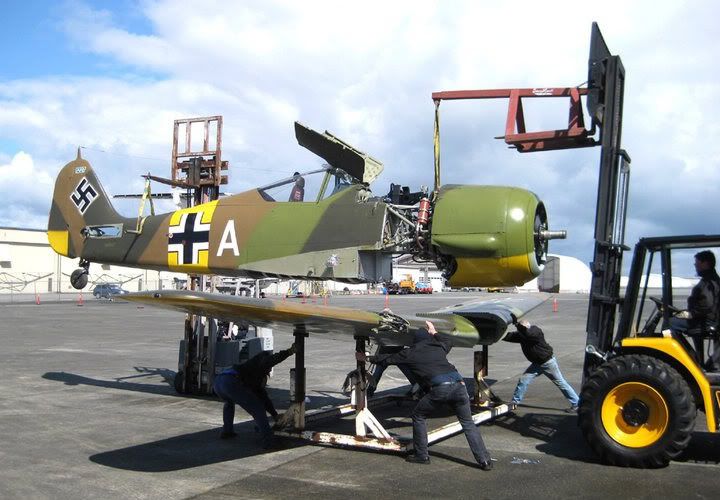
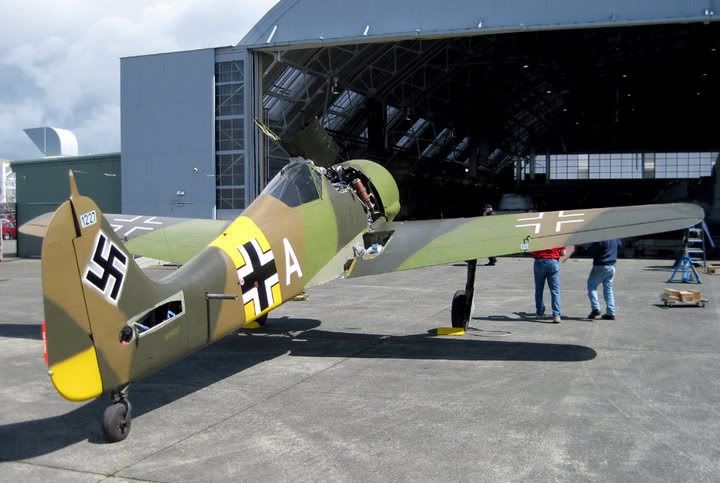
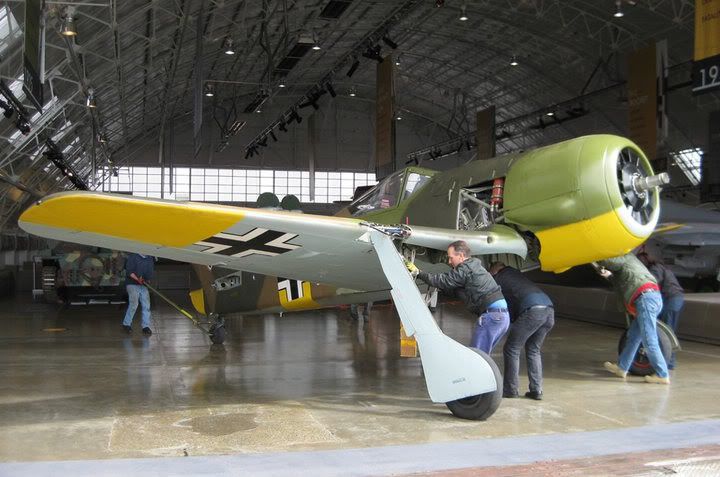







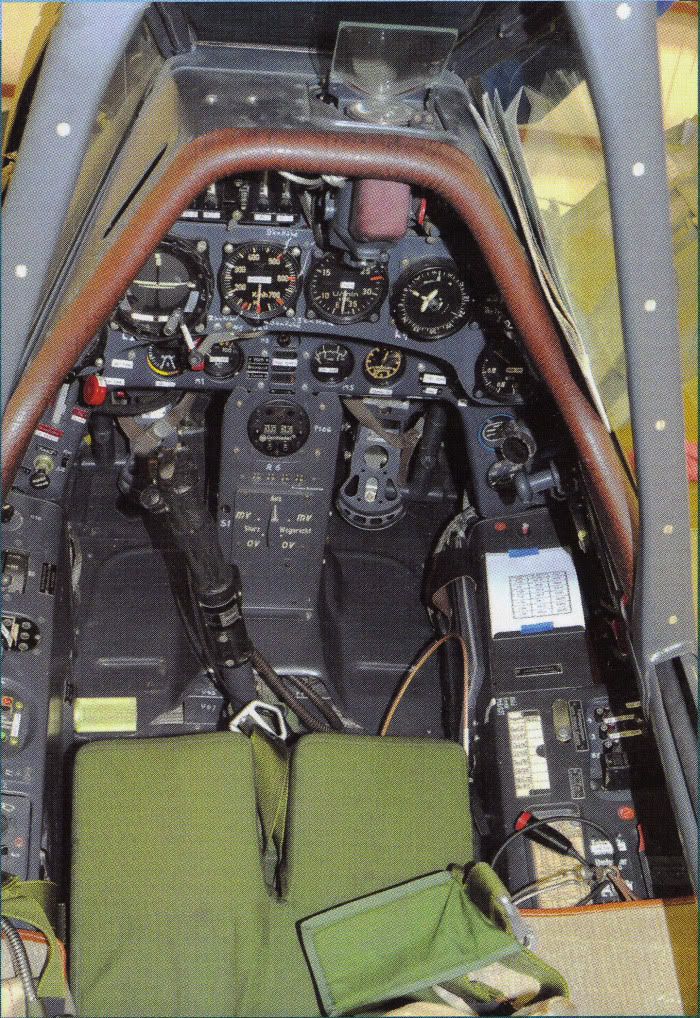


 faboulous restoraration work. How much I would like to hear that engine in action!
faboulous restoraration work. How much I would like to hear that engine in action!